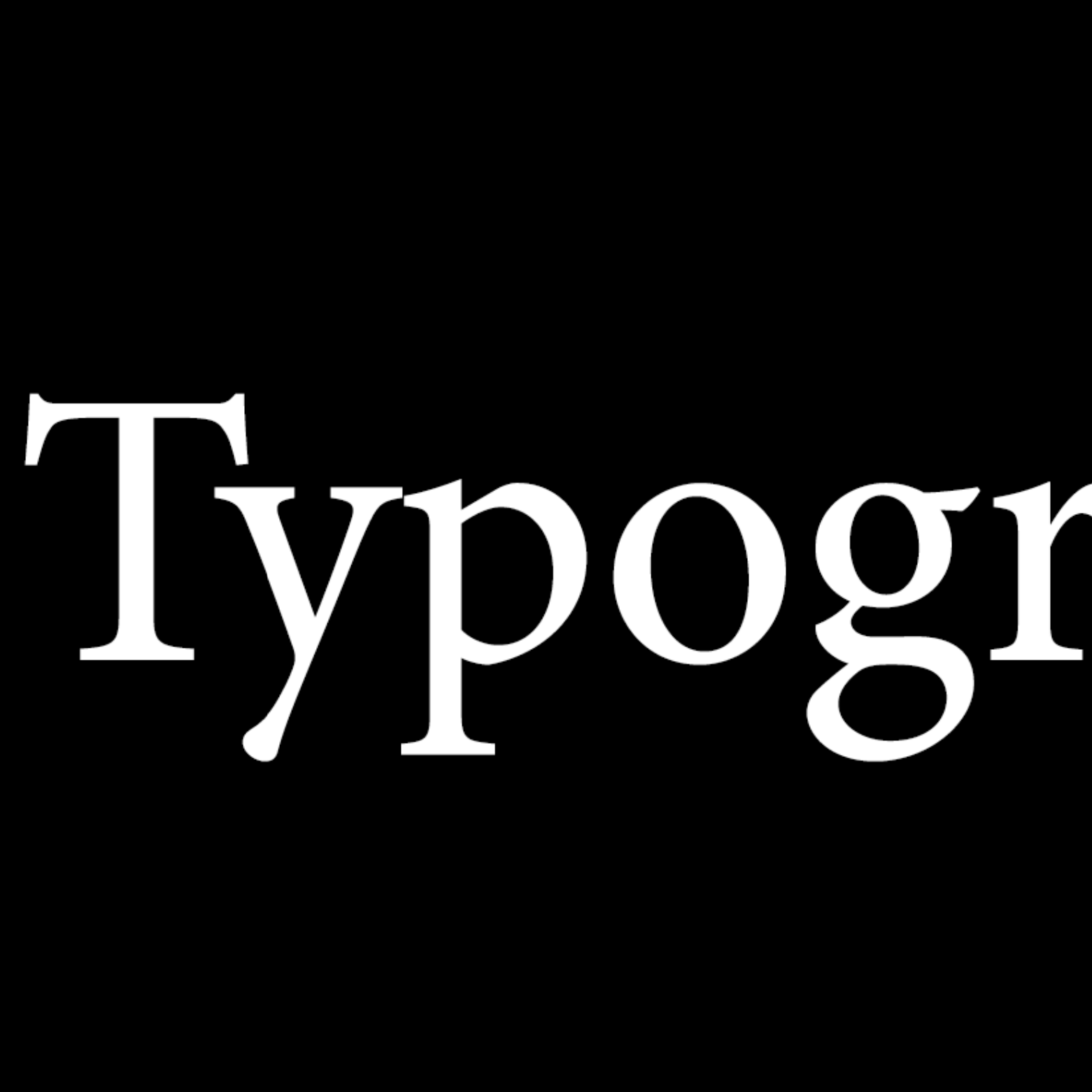“Today we begin the final phase of this major change where Aptos will start appearing as the new default font across Word, Outlook, PowerPoint and Excel for hundreds of millions of users,” explains Si Daniels, a principal program manager at Microsoft, in a design blog post today. “And, over the next few months it will roll out to be the default for all our customers.”“Today we begin the final phase of this major change where Aptos will start appearing as the new default font across Word, Outlook, PowerPoint and Excel for hundreds of millions of users,” explains Si Daniels, a principal program manager at Microsoft, in a design blog post today. “And, over the next few months it will roll out to be the default for all our customers.”
I’m not sure I understand why they want to replace Calibri, but I guess a fresh typeface every now & then isn’t a bad thing.
What do you all think of this Aptos?



Sans serif and display fonts in general are designed with subpixel matrices in mind. How well they succeed is another thing entirely. You could easily design a serif font that’s display friendly (see most monospace fonts) but they often invoke different feelings than a display font. That combined with the fact that Microsoft wants to push neumorphism, and font choice is part of that redesign, it makes sense to phase out calibri which was designed to fit with the flat look of metro design
Thanks for the explanation.
I’ve long used (and preferred) san serif typefaces for screen interfaces and find them acceptable for the shorter passages associated with screen-based communications. I still switch out to serif fonts for anything that will be printed out and usually do the same for on-screen reading of books and magazines.
Sans serif on paper just looks wrong to me, unless it’s some kind of heading, in which case I tend to prefer it. Maybe that shows my age. :)
No I get that as a Palatino lover
Wait, is Microsoft’s current “fluid” design language considered neo skeumorphism? (Also thanks for sharing the term neomorphism with me! I hadn’t heard it shortened like that!) I haven’t really followed Microsoft’s ui design at all, I wasn’t aware it fell into that category
Fluid is neumorphism and glassmorphism having a baby. Elements have depth and transparency but there’s still some abstraction from skeumorphism because we’ve gotten used to computers a bit more but we want textures again.
Huh, I guess I’ll have to go take a look at fluid again, I hadn’t really followed it at all since it was first being talked about as their new design language. Thanks for filling me in!